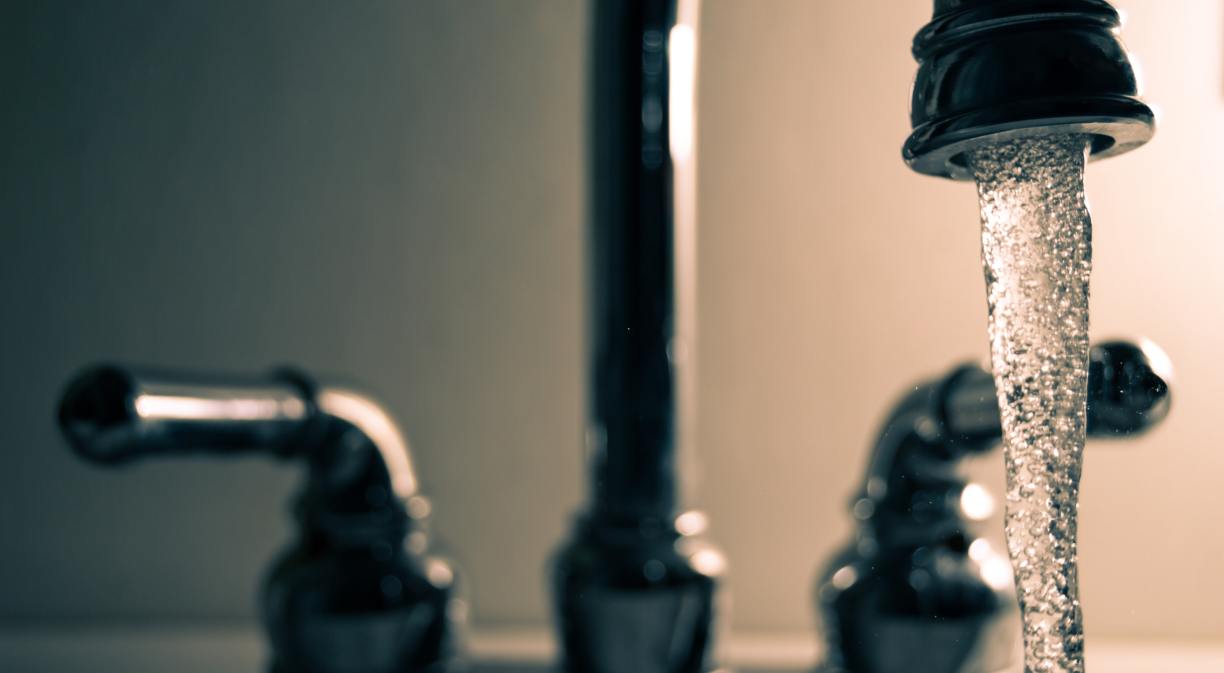However, technological innovation, especially the Internet of Things (IoT), offers solutions for the responsible and humanitarian use of an increasingly scarce commodity.
About 70% of the planet is covered by ocean and sea water. This means that almost 97% of the Earth’s water is salt water, and only 2.5% is fresh water, and it is distributed among groundwater, rivers, lakes and frozen water on mountain peaks and in Antarctica.
But this 2.5% has to meet the increasing (and unsustainable) need for water resources due to the growth in infrastructure, cities and industrialisation, together with population growth. This in turn results in higher direct consumption and increased food production.
Water is life
Other exceptional situations, such as the COVID-19 health crisis, have reminded the world that water is life. A gesture as simple as hand washing has proven to be the most effective way to prevent virus transmission. However, the latest estimates from the World Health Organisation (WHO) indicate that three out of ten people worldwide have been unable to wash their hands with soap and water at home during the pandemic.
Furthermore, in their “Progress on household drinking water, sanitation and hygiene” report, the international agency together with UNICEF warn that billions of people around the world will have no access to safely managed drinking water, sanitation or hygiene services at home by 2030, unless the rate of progress is increased fourfold.
This places an obligation on countries with greater economic resources to manage their water resources sustainably, and to help the most disadvantaged.
The need to take care of water
For years now, the application of the IoT has been growing at an unstoppable rate, reaching water management. In connection with smart city infrastructures, the deployment of the 5G network has allowed for a boom in connectivity.
It has been applied to very diverse uses such as mobility and water management, which is very useful if we take into account that populations are increasingly concentrated in cities, a factor that will require greater use of water resources, not only for citizens’ consumption, but also for the proper maintenance of the cities themselves, with the irrigation of public gardens being one of the biggest expenses for large municipalities.
New technologies can significantly help adapt water consumption to climate change through the use of connected irrigation systems and smart water management in cities. Thus, smart resource management can imply 20% savings, which in turn would allow infrastructure improvements through investment in sensor installation, management and supply equipment.
In these cases, the application of technology that is based on large-scale connectivity prevents leakage within the water network. This is perhaps the functionality that provides the most value. It also intervenes in irrigation management through sensors and programmers, monitors the quality of drinking water, controls the quality of stagnant water, from municipal fountains to public swimming pools, and controls the risk of overflows and floods in coastal or river cities, among many other applications.
In this respect, the industry must also adopt measures for more sustainable water management. Sectors such as the chemical, textile, agrofood, livestock and metals industries, as well as the energy sector, are already implementing measures to optimise their consumption.
Thanks to the digitalisation of the industry, Industry 4.0, it is possible to considerably reduce the water footprint of these activities. Together with IoT and the 5G network, other technologies such as Big Data and Artificial Intelligence will also help reduce the amount of freshwater used to produce what is consumed.
An improved IoT: Smart Metering
The commitment to water management has led to the development of solutions that are truly beneficial to society. One of these solutions is an enhanced IoT by means of a Narrowband IoT (NB-IoT) connectivity that allows for an improved and extended reading of millions of water meters.
This translates into the possibility of improving the water consumption of more than three million households and industries in Spain, thanks to smart water metering solutions.
Together with NB-IoT, Telefónica has developed a series of initiatives with the aim of digitising the services provided by water management companies and making them more efficient. This generates economic savings for citizens and contributes towards environmental care by adapting to new demands caused by the aforementioned demographic shifts.
In this way, new technologies transform meters into intelligent remote reading systems that also reduce the operating costs of water managers, as well as increase end-user satisfaction, mainly due to the reduction of non-revenue water.
These systems, in combination with Advanced Analytics techniques, help water managers optimise their operations and processes, such as carrying out a correct water balance, throughout the integrated management of the water cycle.
A clear example of this is the agreement recently reached between Telefónica, through its digital business holding company, and Global Omnium. This alliance will allow users to detect unusual increases in consumption, receive water usage alerts for unused homes such as second homes, find possible interior leaks and send out social emergency alerts if there is no consumption in homes with people living alone, for example.
This is a pioneering initiative in the sector that aims not only to advance sustainability policies linked mainly to water saving, but also to reduce CO2 emissions.
